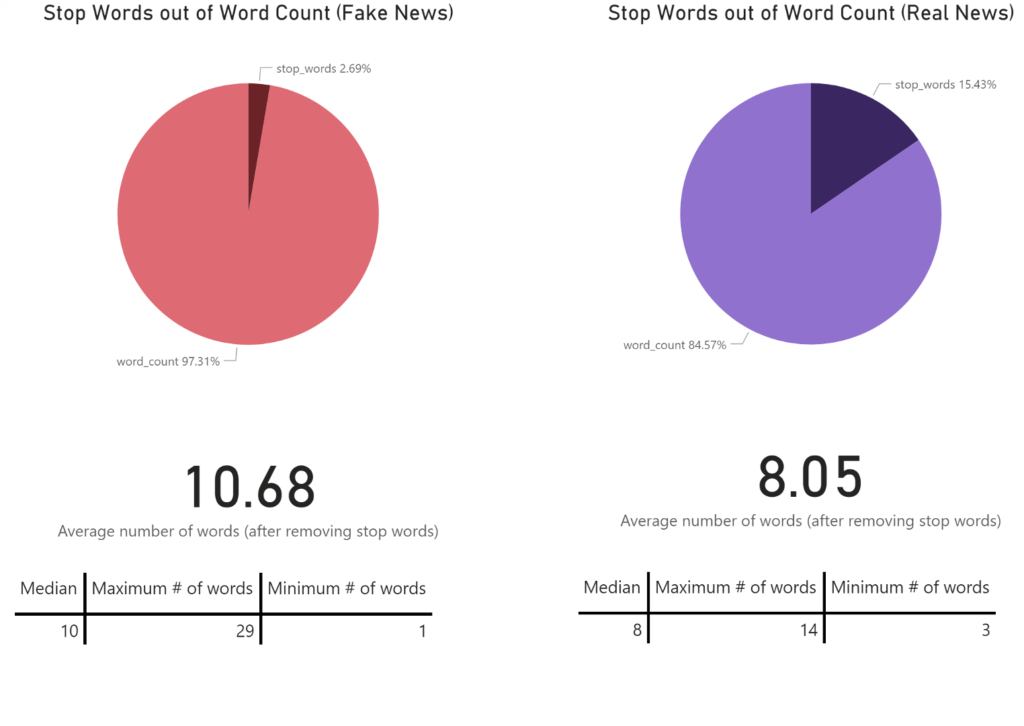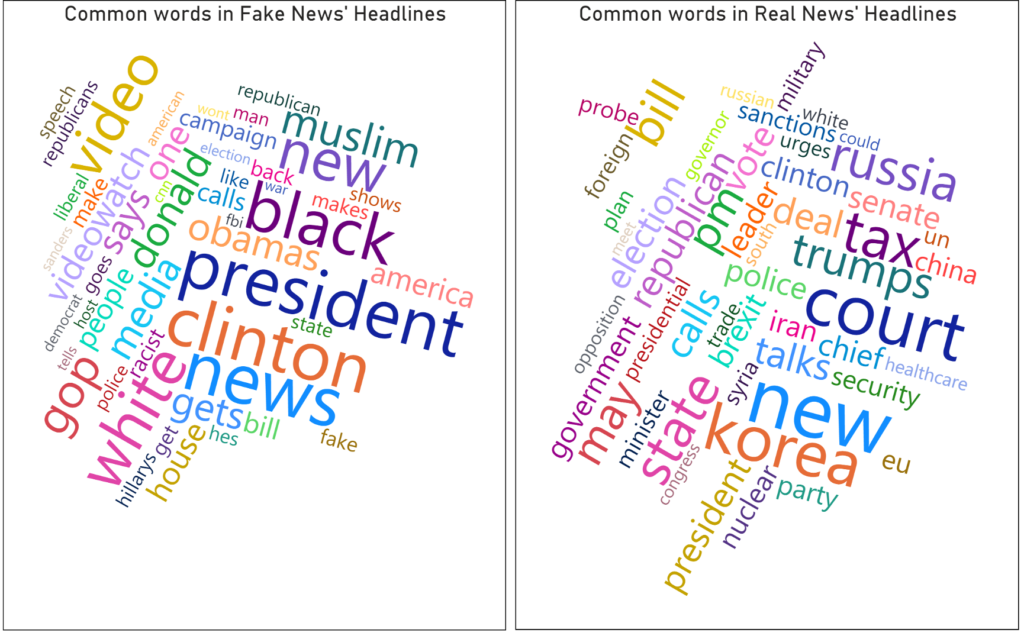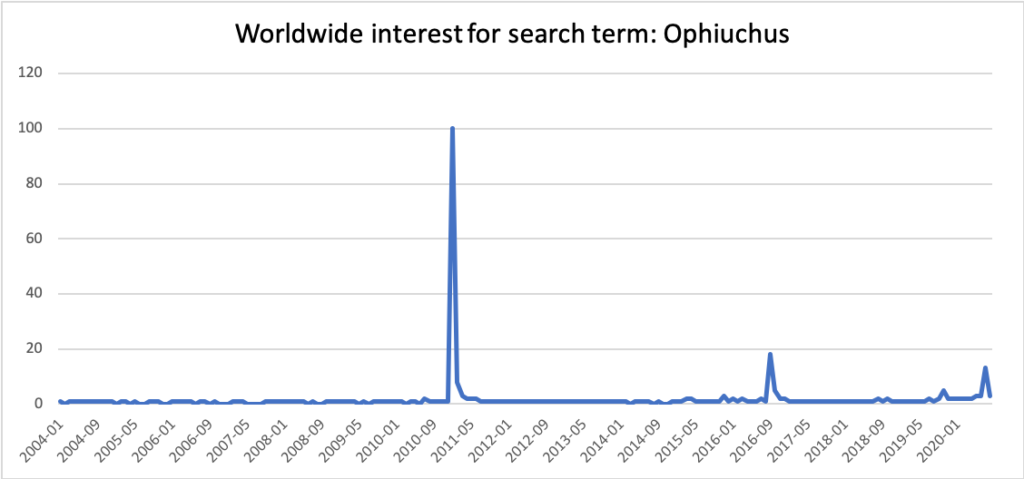This week’s curiosity box has
- What is a fuel that helps spread fake news?
- Why and how – Belly button lint
- Do we have a new zodiac sign?
1. The fuel to the fake news fire
It might sound like an oxymoron – I proactively avoid fake news and at the same time research about it. All this while, thought that it was social constructs that cause a real story to take 6 times longer than fake news to reach people. But only recently it struck me that there could be some other fuel that is helping to spread the fake news fire. Are stop words the problem?
Stop words are words such as – a, and, have, be, his, and so on
To understand stop words, you need to take a step back and know how google works. Google ranks webpages based on keywords. Example, for this article, one of the keywords I have assigned is curiosity. So when you type curiosity and hit enter, Google starts listing all the webpages with this keyword in the order of its ranking system. A popular website will have a higher rank and will be more likely to appear on the top.
Because there are billions of webpages to rank and sort, Google does not consider every word you type. It omits stop words.
I collected a dataset that has approximately 42,000 headlines of fake and real news published in 2017. After doing some basic text preprocessing, I started to pick stop words from the headlines.
It turns out that fake news headlines are longer and have fewer stop words. This is the perfect recipe to make sure the fake news webpage appears within the top few links.

Given our innate quality of not going beyond 1 page in google, we are more likely to pick up fake news and further pass it along. And it does not stop there, the keywords matter as well. Here are the commonly occurring words in the news’ headlines.

Notice how fake news uses a lot of names, skin colour, religion, and ironically the word fake itself. While real news has less “juicy” terms such as country names, institutions, and action words. The world continues to surprise me.
2. Belly button lint?
Blame nature, for I have not sinned.
My first encounter with belly button lint was scary. As a kid, I thought that the fluffy thing that magically appeared was something the body excreted as waste. But soon, I realised that the colour of the fluffy stuff, known as lint, matched that of the shirt, not what I ate.
I have finally taken the time to study how these lint form. Due to friction with our body hair and normal wear and tear, the shirt’s microscopic fibres break off. Subsequently, the same friction generates static electricity and causes these broken fibres to accumulate in one convenient place.
I have a feeling that Stan Lee also researched about belly button lint. And it must have struck him to create Thor when he realised our bodies can generate static electricity.
3. Do we have a new zodiac sign?
3000 years ago, the Babylonians realised that the constellations changed cyclically over a year. And the changes surprisingly synced with their calendar which was based on the moon. So for their 12 months, they picked 12 constellations, which are now our zodiac signs.
However, this does not mean that there are only 12 constellations. In fact, there are 88. Of all of them, one particular constellation piques the curiosity of many astrologers – the Ophiuchus. Pronounced as Oaf – ih – You – Kus.
Ophiuchus has caused many debates on whether we should consider it as a new zodiac sign. This debate caught fire after NASA wrote a blog in 2016 about this constellation acknowledging the constellation and also speculated that Babylonians had 13 months.

However, the astronomy world back by science has clearly stated that it has nothing to with astrology which is backed by faith. So there are only 12 Zodiac signs as it stands.
But…
There is a guilty pleasure part in us, however small, that likes to read our horoscopes. So if your birthday falls within Nov 29 to Dec 17, you may want to learn more about your constellation.
You never know. If you think that there are 13 zodiac signs, not 12, then, by all means, please constructively debate about it, but count me out.
Very interesting again….so fake news was interesting…also the lint part…seemed to end so soon !!!
Continue….
Hi Arun, nice article. I think the social construct still plays a vital role in the spread of fake news, or atleast for news which is similar to the authentic ones. Juicy words or words which reinforce one’s belief on a particular topic tend to drive someone to choose a particular webpage . Since there can also be authentic news containing similar keywords, the decision then falls upon the human who is reading to distinguish between authentic-like fake and authentic news. Its one of those scenarios where there is some truth to the falsity, which makes identifying falsity that much difficult. What do you think?